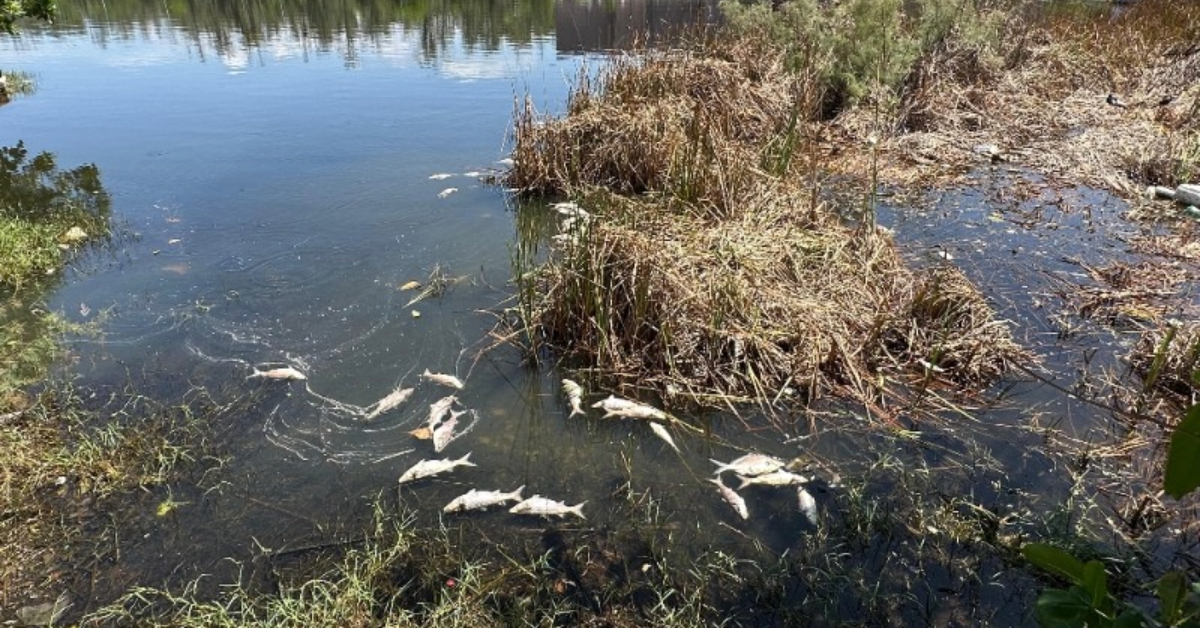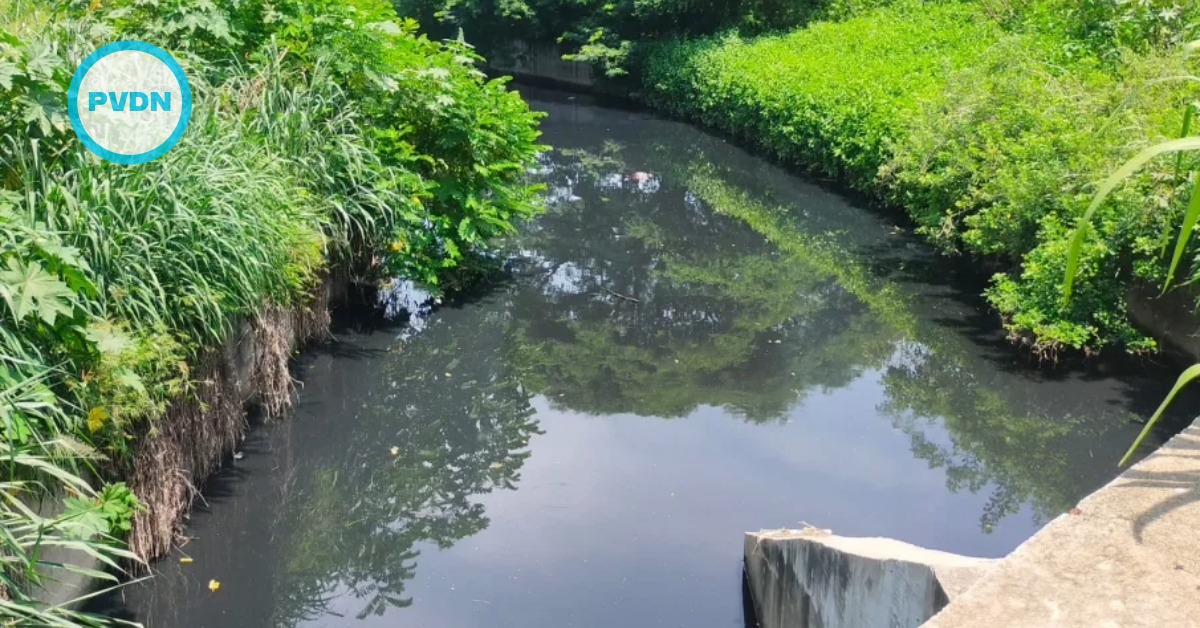A suspected contaminant in Mazatlán caused a major fish die-off in Laguna del Camarón, reviving concerns over pollution in the ecologically fragile lagoon. Authorities are investigating the cause.
Laguna del Camarón, environmental disaster, fish die-off, pollution in Mexico, ecological crisis, biodiversity, Mazatlán environment, water contamination
Mazatlán, Sinaloa - A severe environmental incident at Laguna del Camarón in Mazatlán has reignited public concern after dozens of dead fish were discovered floating on the water's . . .







